All-terrain vehicles, or ATVs, are designed to tackle various terrains and elevations.
Whether navigating through rocky trails or powering through steep hills, an ATV can provide the power and maneuverability you need to do the job.
Altitude can have a significant impact on the performance of an ATV.
As the elevation increases, the air becomes thinner, which means less oxygen is available for combustion in the engine.
It can lead to a lean fuel mixture and a decrease in engine performance.
However, one factor that can greatly affect an ATV’s performance is altitude. This article will explore how sensitive altitude is in ATV performance.
How Much Does Altitude Affect Engine Performance?
Altitude can significantly affect engine performance, as the reduction in air pressure and density at higher altitudes can cause a decrease in engine power output and efficiency.
Here are some ways that altitude can affect engine performance:
Power Output
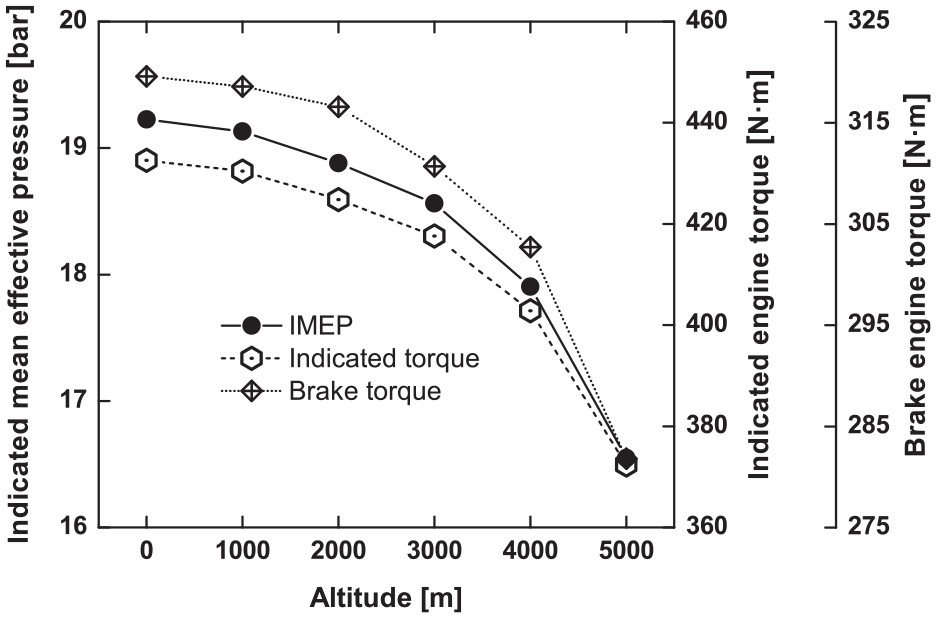
The amount of power an engine can produce is directly related to the amount of oxygen available for combustion.
As altitude increases, the air becomes less dense, and less oxygen is available for combustion.
It can cause a decrease in engine power output, resulting in slower acceleration and reduced towing capacity.
Fuel Efficiency
A decrease in engine power output at high altitudes can cause the engine to work harder to maintain the same level of performance.
It can lead to a decrease in fuel efficiency, as the engine may consume more fuel to maintain the same speed or power output.
Engine Cooling
The thin air at high altitudes can affect engine cooling, as less air is available to cool the engine. It can cause the engine to run hotter than normal, leading to potential overheating and engine damage.
Engine Timing
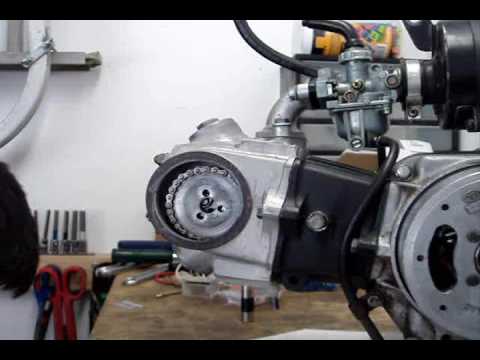
The engine’s spark and fuel injection timing can be affected by altitude, as the air-fuel mixture may need to be adjusted to compensate for the oxygen reduction.
Failure to make these adjustments can lead to poor engine performance and potential engine damage.
Tips For Riding At High Altitudes
Riding an ATV at high altitudes can be an exhilarating experience, but it can also be challenging. Altitude can affect engine performance, and the thinner air can make breathing more difficult.
Here are some tips for riding at high altitudes to ensure a safe and enjoyable experience.
Check Your Owner’s Manual
Your owner’s manual should have specific recommendations for riding at high altitudes. Be sure to read the manual carefully and follow any altitude-specific instructions.
Adjust The Engine
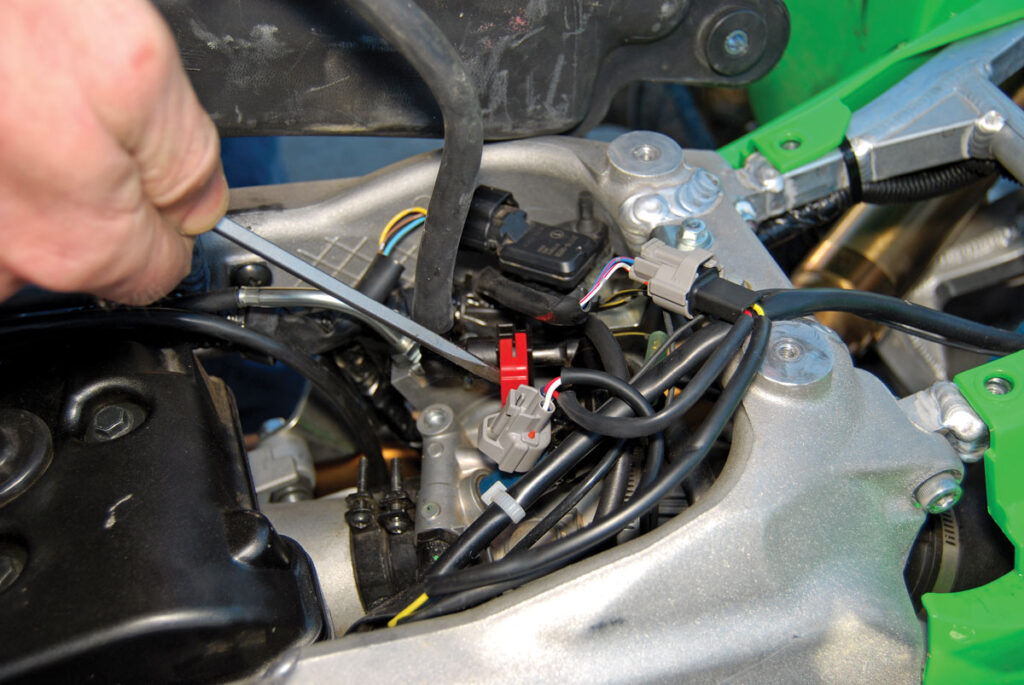
The reduced oxygen levels at high altitudes can cause an ATV’s engine to run lean, leading to reduced power output and poor fuel efficiency.
To compensate, it may be necessary to adjust the engine settings, such as the fuel mixture and spark timing, to ensure that the engine is running properly.
Check the owner’s manual or consult a professional mechanic for guidance on the specific adjustments needed for your ATV.
Change The Air Filter
A clean air filter is essential for optimal engine performance, especially at high altitudes. The reduced oxygen levels can make it more difficult for the engine to draw in air, so it’s important to ensure that the air filter is clean and free of debris.
Adjust The Spark Timing
Spark timing is an important aspect of engine performance that can affect how an ATV performs at high altitudes.
Spark timing refers to the timing of the spark that ignites the fuel mixture in the engine. The timing of the spark can affect the engine’s power output and efficiency.
Acclimate To The Altitude
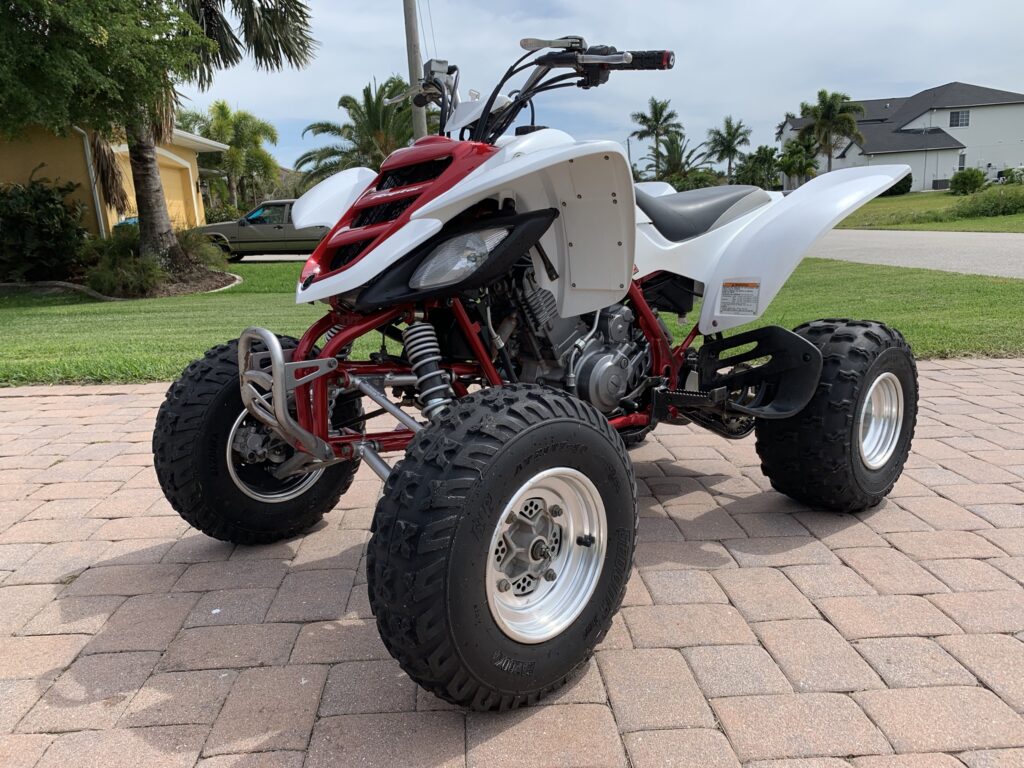
One of the most important things you can do when riding at high altitudes is to allow your body to acclimate to the altitude.
It means giving your body time to adjust to the reduced oxygen levels. Start by spending a day or two at a lower altitude before heading to higher elevations.
It will give your body time to adjust to the thinner air and reduce the risk of altitude sickness.
Dress Appropriately
The temperature at higher altitudes can be much cooler than at lower elevations, so it’s important to dress appropriately.
Wear warm layers that can be easily removed if you get too warm. It’s also a good idea to wear a helmet, goggles, and other protective gear to keep you safe while riding.
Check Your ATV
Before heading out on a high-altitude ride, it’s essential to check your ATV. Check the tire pressure, brakes, and other components to ensure everything is in good working order.
It’s also a good idea to bring any necessary spare parts or tools in case of a breakdown.
Adjust The Fuel Mixture
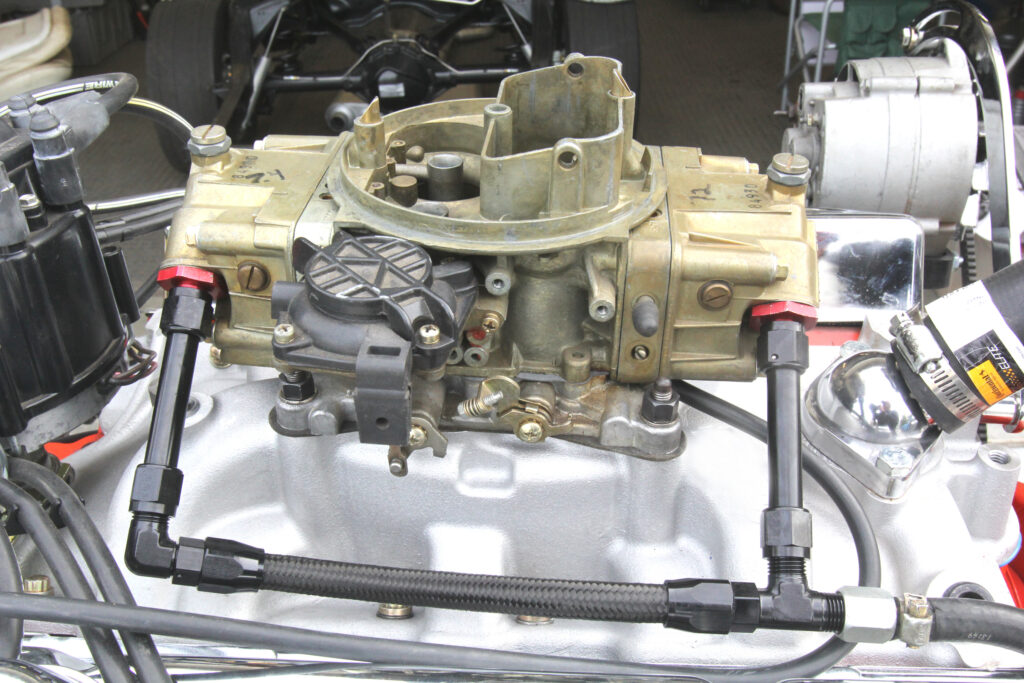
As mentioned earlier, adjusting the fuel mixture is important for optimizing engine performance at high altitudes.
If you have a carbureted engine, you may need to adjust the fuel mixture to compensate for the thinner air.
Fuel-injected engines may not require adjustment, but it’s always a good idea to check the owner’s manual for specific recommendations.
Stay Hydrated
Staying hydrated is essential when riding at high altitudes.
The reduced oxygen levels can cause dehydration, and it’s important to drink plenty of water throughout the day to stay hydrated.
Avoid alcohol and caffeine, as these can dehydrate you even further.
Take Breaks
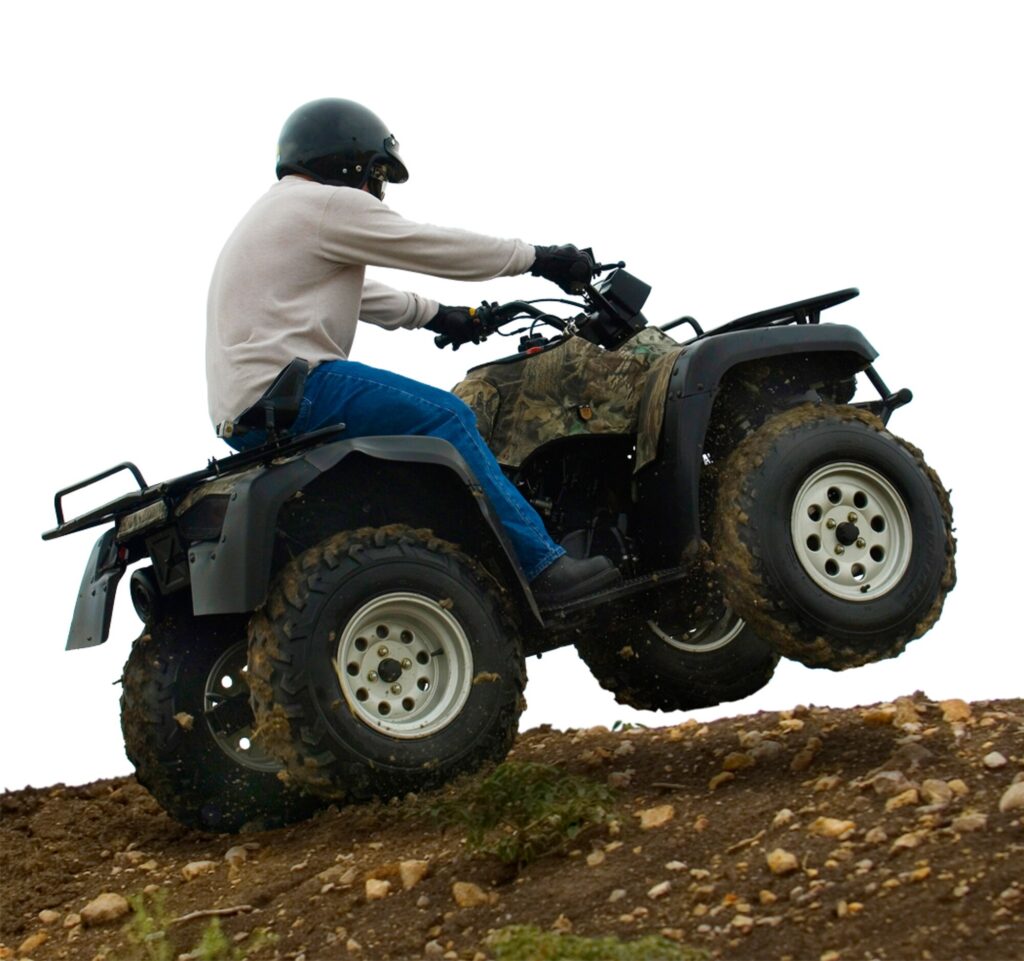
Riding at high altitudes can be physically demanding, so take breaks and rest as needed. Take breaks every hour or so to stretch your legs, take in the scenery, and give your body a chance to rest.
Know The Signs Of Altitude Sickness
Altitude sickness is a serious condition that can occur at high altitudes. It may result in shortness of breath, headaches, nausea, and dizziness.
If you see any of these signs, you need to descend right away to a lower altitude. In severe cases, altitude sickness can be life-threatening, so it’s essential to take it seriously.
Check The Tires
High-altitude riding can put extra stress on an ATV’s tires. Be sure to check the tire pressure and tread before operating the vehicle.
Use The Right Oil
Different elevations may require different types of oil for an ATV’s engine. Check the owner’s manual or consult a professional mechanic to determine the best oil type for high-altitude riding.
Be Prepared
Always be prepared for emergencies when operating an ATV at high altitudes. Bring a first aid kit, extra food and water, and a map and compass if you get lost.
It’s also a good idea to let someone know where you are going and when you plan to return.
Carbureted vs. Fuel-Injected Engines

Altitude can affect different types of engines differently. Carbureted engines are more susceptible to altitude changes because they rely on atmospheric pressure to mix fuel and air.
At higher altitudes, the lower atmospheric pressure can result in a leaner fuel mixture, which can cause the engine to run hot and damage internal components.
Fuel-injected engines, on the other hand, use sensors to detect changes in air pressure and adjust the fuel mixture accordingly.
It means that they are less affected by altitude than carbureted engines.
However, it’s still essential to be aware of the effects of altitude on fuel-injected engines and to make any necessary adjustments before heading out on a high-altitude trail.
Do engines Run Leaner Or Richer At Altitude?
Engines tend to run leaner at higher altitudes due to the decrease in air pressure and density.
As altitude increases, the air becomes less dense, and the amount of oxygen available for combustion decreases.
A lean air-fuel mixture occurs when there is less fuel relative to the amount of air, resulting in less power output and potential engine damage.
The air entering the engine is measured by the Mass Air Flow (MAF) sensor, which determines how much fuel is required for proper combustion.
As the air pressure and density decrease at higher altitudes, the MAF sensor signals the fuel injectors to deliver less fuel, resulting in a leaner air-fuel mixture.
To compensate for the reduced oxygen at high altitudes, it is often necessary to adjust the fuel mixture and other engine settings, such as the spark timing, to ensure that the engine is running properly.
Check the owner’s manual or consult a professional mechanic for guidance on the specific adjustments needed for your vehicle.
Conclusion
Altitude can have a significant impact on the performance of an ATV.
The reduced oxygen levels at higher elevations can cause the engine to run lean, leading to reduced power output, poor fuel efficiency, and potential engine damage.
It’s important to adjust the engine settings for high-altitude riding to compensate for the thinner air.
Riding an ATV at high altitudes can be a fun and safe experience with the right adjustments and precautions.
Frequently Asked Questions
What Is The Recommended Altitude Limit For An ATV?
The recommended altitude limit for most ATVs is around 10,000 feet above sea level. Above this altitude, the reduced oxygen levels can cause engine performance to decline, making breathing more difficult.
Can A Fuel-injected ATV Compensate For High-altitude Riding Automatically?
Fuel-injected ATVs can often compensate for high-altitude riding automatically. However, it’s still a good idea to check the owner’s manual for specific recommendations on adjusting the engine settings for high-altitude riding.
Is It Safe To Ride An ATV At High Altitudes?
Riding an ATV at high altitudes can be safe if you take the necessary precautions. It’s important to acclimate to the altitude, dress appropriately, and take breaks as needed.
If you experience any symptoms of altitude sickness, it’s important to descend to a lower altitude immediately.
What Oil Should Be Used In An ATV For High-altitude Riding?
The type of oil used in an ATV for high-altitude riding will depend on the specific engine and manufacturer’s recommendations.
It’s always a good idea to consult the owner’s manual or a professional mechanic for specific recommendations.
Can You Ride An ATV At High Altitudes Without Adjusting The Engine?
While it is possible to ride an ATV at high altitudes without adjusting the engine, it is not recommended.
Running an engine too lean can cause reduced performance, poor fuel efficiency, and potential engine damage.
Adjusting the engine settings to compensate for the thinner air at high altitudes is important.
Also Read
- How Do I Know If My Atv Is Running Lean? – Symptoms Of A Lean ATV Engine
- How To Reverse Polarity On An ATV Starter? | Steps And Best Info In 2023
- How Long Should I Let My Atv Warm Up? | Tips To Prepare Your ATV For Cold Weather
- What Does Override Do On Atv? || Complete Information About Override Button
- Why Does My Atv Die When I Give It Gas? | 5 Reasons & How To Fix The Issue
